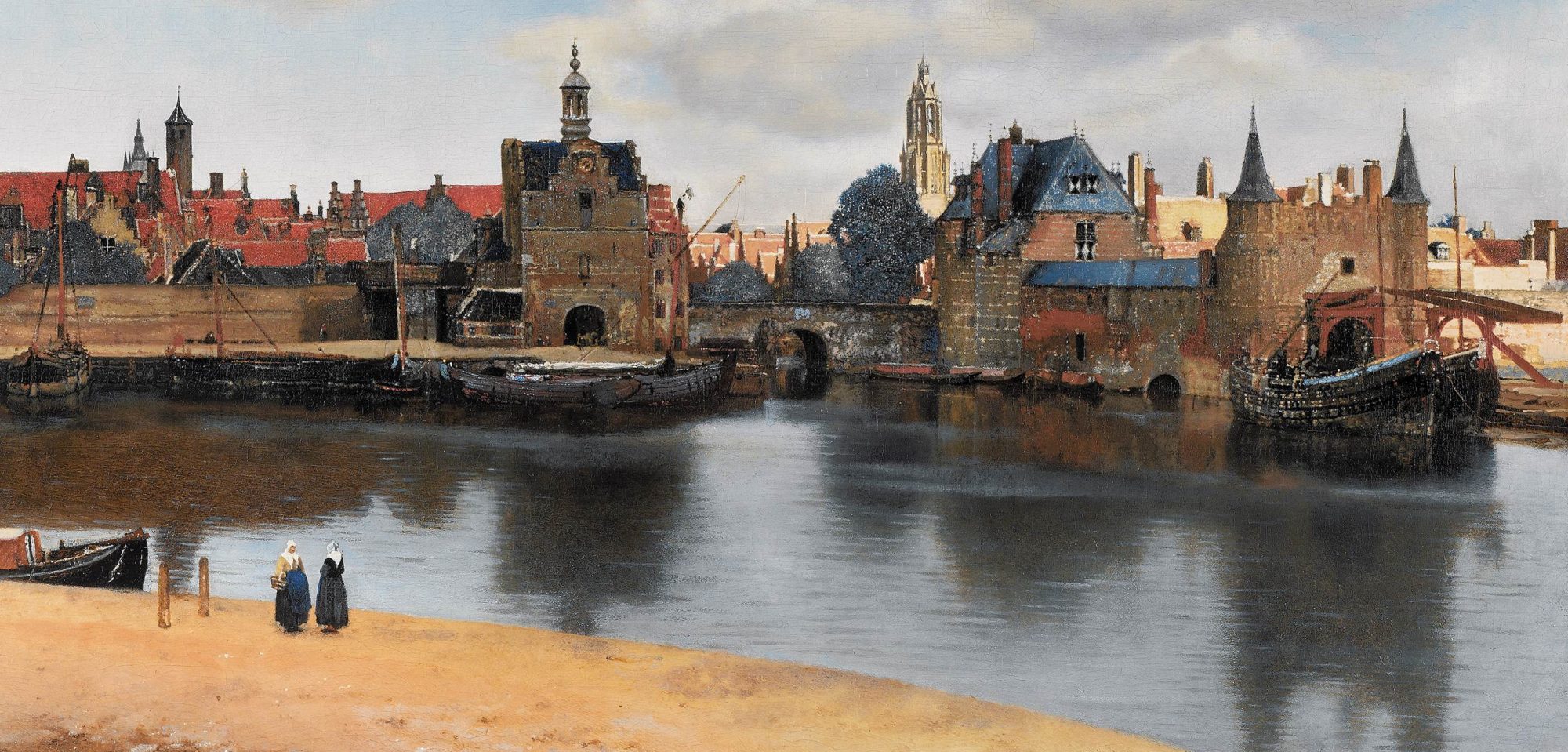While concrete, glass structures, polished stone walls, brick facades and steel beams now prevail in urban design, wood and rammed earth are getting attention.
The use of steel in urban buildings began with the production of steel in bulk. Mass production of steel was enabled by Henry Bessemer’s development of the Bessemer converter in 1857. Once steel could be produced in bulk, it became cheaper and easier to obtain.
The 10-story Home Insurance Building, completed in 1885 in Chicago, was the first building in the world to use structural steel in its frame. Due to its architecture and weight-bearing frame, the building is considered the world’s first “skyscraper.”
The 16-story Ingalls Building, built in Cincinnati, Ohio in 1903, became the world’s first reinforced-concrete skyscraper.
The production of steel and the production of concrete are, however, both energy intensive and carbon intensive. Steel and concrete have high levels of embedded energy. Neither steel nor concrete are renewable.
As of 2014, 54% of the world’s population lives in urban areas. The world’s urban population has grown rapidly, from 746 million in 1950 to 3.9 billion in 2014. The world’s urban population is expected to continue to grow – to 66% of the world’s population by 2050, surpassing six billion people by 2045.
With more people moving into urban areas, the demand for big buildings is likely to grow. The building industry (materials production, building technology, architecture, construction, …) is increasingly exploring the ratio of demand for buildings with the environmental impact of building materials.
Two building materials that are coming to attention are wood and rammed earth.
Wood is manufactured into large cross-laminated timber panels for purposes of tall building construction. Cross-laminated timber panels, a layered composite like a super-strong plywood, are made by gluing pieces of smaller wood together.
In order to build tall buildings, large wood panels that can be as large as 64 feet long, eight feet wide, and 16 inches think are engineered. Builders use concrete and steel only at high-stress locations like joints.
Architects are now able to build with timber, in tandem with precision digital manufacturing processes like CNC milling, to heights that have hitherto been unimaginable.
The environmental properties of cross-laminated timber panels make it even more attractive. As trees grow wood stores carbon dioxide, sequestering CO2 from the air. Michael Green of Michael Green Architecture in Vancouver, British Columbia, whose firm who recently completed T3, a seven-story building in Minneapolis that is now the tallest wooden building in the US, observes that wood is manufactured using solar power:
“Steel and concrete don’t grow back. They are not renewable materials. They are not even remotely renewable materials—they use massive amounts of energy in their creation, whereas the most perfect solar power system of making any material on Earth is the making of our forests.”
Rammed earth can be used for both residential and commercial buildings. Rammed earth walls are solid masonry walls. These walls are massive, built for the long term, and not easily replaced. That said, they are beautiful and contain a fraction of the embodied energy of manufactured wall products such as fired bricks or concrete blocks. Rammed earth walls also possess unique thermal qualities that keep residents cool in the summer and warm in the winter.
The market for rammed earth now includes both residential and commercial buildings. Commercial buildings built with rammed earth walls include wineries, resorts, offices, and university buildings.
See:
“The Next Wave of Building Materials” | Emma Kantrowitz, CBRE, 6 July 2017
“Get Ready for Skyscrapers Made of Wood (Yes, Wood)” | Elizabeth Stinson, Wired, 30 May 2017
“Will Skyscrapers of the Future Be Built From Wood?” | Natasha Geiling, Smithsonian.com, 20 June 2016
“World’s population increasingly urban with more than half living in urban areas” | United Nations, 10 July 2014
Chadwick Dearing Oliver, Nedal T. Nassar, Bruce R. Lippke & James B.
McCarter (2014) Carbon, Fossil Fuel, and Biodiversity Mitigation With Wood and Forests, Journal of Sustainable Forestry, 33:3, 248-275, DOI:
10.1080/10549811.2013.839386
“History of the steel industry (1850-1970)” | Wikipedia
“Ingalls Building” | Wikipedia
“Home Insurance Building” | Wikipedia
Michael Green Architecture, Vancouver, British Columbia
T3, Minneapolis, Minnesota
The Earth Structures Group
#architecture #design #smartluxury #construction #climaterisk #CO2 #energy #wood #crosslaminatedtimber #rammedearth #CNCmilling
